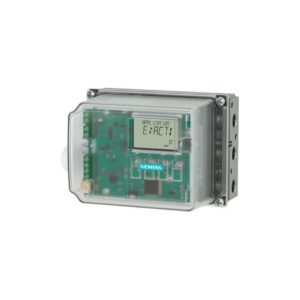Positioners
Positioners are a common control valve accessory. The valve positioner controls the pressurised air to the valve actuator, which allows the positioning of the valve stem to be regulated according to the set point from the PLC (Programmable Logic Controller). Although not a requirement for the valve to be controlled, the option is also available for position feedback from the positioner to allow the controller to confirm the valve has moved to the set point.
Valve positioners are usually available in three different types: pneumatic positioners, analogue positioners and digital positioners. A pneumatic positioner uses a purely pneumatic signal to modulate the valve; an analogue positioner, once the cams have been adjusted upon set-up, uses a 4-20mA electrical signal which is converted to a pneumatic signal to drive the actuator proportionally. A digital positioner self-calibrates which provides more accurate calibration and therefore more accurate control.
There are other advantages over an analogue positioner, such as advanced diagnostics and zero air leakage, saving valuable compressed air. Valve positioners have a range of reasons for use and benefits, including that they enable fine control of a valve, they minimise the effects of pressure drops on the flow, they allow a faster response to a change in process and therefore loading and venting is more responsive, and they allow distances between the controller and the control valve.
Some valves can be driven directly by adjusting its actuating force directly from the process controller, however, valve positioners are common for balancing and modulating the status of a valve. Take a look at our range of positioners below.



